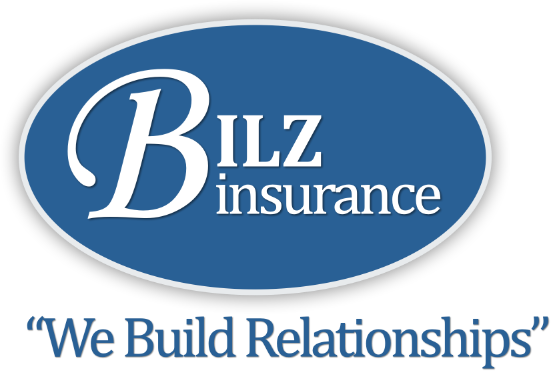We all worry about it and hope that it never happens where we work or where anyone we know works. But with the advent of "instant news" via cell phone videos, the internet, twitter, we can't seem to escape this sad topic. So we wanted to share this article from EMC's Corporate Security and Safety Manager, Jerry Loghry, with you. He clears up some misconceptions and offers some advise based upon his 25 years of research into this topic.
History of Workplace Violence
- Myth 1: Workplace violence is a recent phenomenon. Fact: Rather, as early as 1865 a disgruntled parent attempted to bomb a school after chaining all the doors shut. There have been many other violent acts since that time. What has changed is the amount of media attention given to workplace violence.
- Myth 2: The current eruption of violence is the worst in recent history. Fact: There were more violent incidents in the 1970s and 1980s than today.
- Myth 3: Acts of violence are most often random mass shootings of large numbers of employees or students using a semi-automatic rifle (often referred to as an “assault rifle”). Fact: Jerry pokes holes in several parts of this statement. First, these are not typically random acts of violence because the perpetrator generally plans far in advance. And most acts of violence are directed at one or several individuals. “By far the largest threat is a disgruntled spouse or significant other,” he says. Additionally, the weapon of choice is not typically an assault rifle. Instead, it can be a knife, a baseball bat, chair, acid or a pistol (not an assault-style gun).
Preparation, Training and Actions
- Myth 1: It’s possible to teach people in advance how to behave when an occurrence of violence takes place at their workplace. Fact: Jerry feels very strongly about this myth. He says, “Unless you’ve been shot at or attacked in some way previously, no one knows how they will actually respond to a violent incident. No matter how much they prepare, most people either freeze and can’t take action, or have an immediate flight reaction,” he says.
- Myth 2: Fighting back is the best way to thwart a perpetrator. Fact: Most people are not capable of acting quickly enough to shoot or otherwise disable a perpetrator, Jerry says. Instead, research shows that the safest action is to barricade, lock down or hide from the violence. Fleeing is a safe option only if it’s very clear that the disturbance is far from your location. It’s often not easy to tell where the sounds of shooting or other violence are coming from. When fleeing, employees may run right into danger if they aren’t totally sure where the perpetrator is.
- Myth 3: Violence drills, including local law enforcement personnel, are a good way to prepare for similar real situations. Fact: While Jerry says that such exercises are needed, they are more helpful for law enforcement personnel, and they truly don’t do much to help employees prepare. People are going to react to stress in different ways and that is hard to change with a few drills. There are safety issues when employees are running down stairways or stacking furniture. Additionally, these drills can be traumatic for employees when simulated gunfire and smoke bombs are used. “There is the possibility of injuries as well as the disturbance caused by these ‘almost real’ events,” he says. “We don’t set fires during
After the Violence: Planning Ahead
If a violent incident does occur in your workplace, you need a post-incident response plan. You need to be prepared for:
- Your workplace being cordoned off as a crime scene. Depending on the level and type of violence, crime scene investigators may take over a portion — or all — of your building. It may be days or weeks before you are allowed back in. Do you have offsite backup and an offsite work location for employees? If not, you may be shut down during the time it takes for officials to investigate and clear the building for re-occupancy.
- Cleaning up after the event. Once you can get back to your workplace, someone will have to repair and clean any damage and contaminants before you and your employees can move back into the area where the incident occurred.
- Communicating with the public and your employees. You’ll need prepared statements for the press, your clients and employees. You’ll also need a plan on how to communicate with employees about coming back to work, the status of the building and more. If you are unable to get back into your building, your offsite emergency location should have contact info for all employees.
- A long recovery period for many employees. Even if the wounds are not physical, anyone who experiences trauma will need an extended period of assistance. Work with your employee assistance program or other professionals to develop a plan for working
Article courtesy of the EMC Insurance Companies Risk Improvement Department, Des Moines, Iowa.
For more information, visit www.emcins.com and select Loss Control
